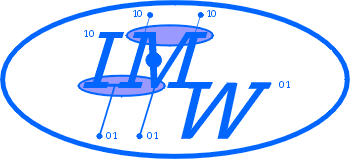INSTITUTE OF MATHEMATICAL ECONOMICS


Wulf Albers
Abstract
The purpose of this paper is, to show that
the theory of prominence is an adequate tool to make predictions for subjects'
money equivalents of lotteries of type [x(p),y(q)]. The evaluation principle is
similar to that of KAHNEMAN and TVERSKY (1989 and 1992), however the evaluation
functions for money and probabilities are not obtained by econometric curve
fitting, but by behavioral principles described by the theory of prominence.
Moreover, money and probability space are clearly distinguished from the
perception space, specificly the result of the evaluation in the perception
space is remapped to the money space to obtain the money equivalent.
The surprising result is that a parameterfree boundedly rational model using the
insights of the theory of prominence concerning the evaluation of numerical
stimuli (in the decimal system) adequately describes median behavior of
subjects, even better than the model of KAHNEMAN and TVERSKY. The model is very
simple, although it has no parameters that have to be adjusted. It seems that
this instrument can be used as a predictor of median subjects' behavior, i.e.
the behavrior of subjects, who have - compared with other subjects - no
special motives to take or to avoid risk. From this point of view the model
defines a benchmark of 'risk neutral' behavior, where 'preferences' are only
induced by the principles of perception as defined by the theory of
prominence.
I thank Bodo Vogt for many helpful discussions and him, Ralf Sievert, Andreas
Uphaus, and Axel Woeller for their assistance to run the experiments.

| walbers@wiwi.uni-bielefeld.de | ||||
| List of IMW Working Papers | Members of the IMW | |||
|
Last Update: Monday, 23-Nov-98 13:38:58 MET©
Michael Borgelt Sending to: 134.76.162.103, Index:1 |